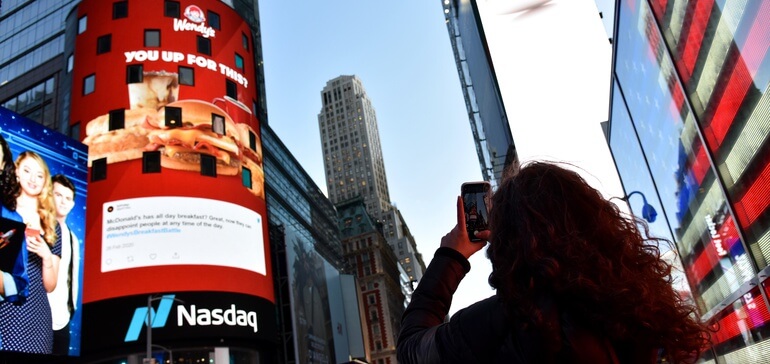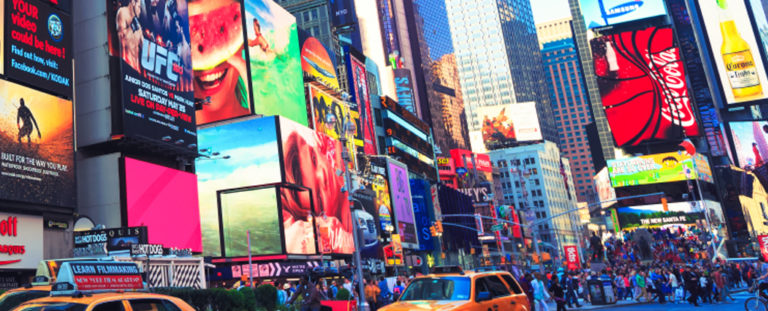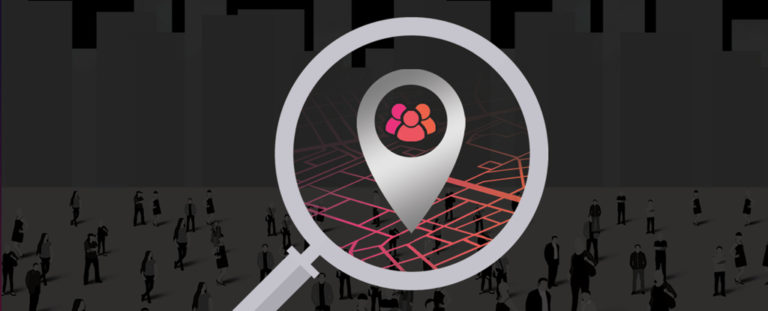DOOH and QSRs are a recipe for success
Published: May 3, 2021
In order to stay safe and save money in the face of unexpected economic vulnerabilities during the pandemic, consumers all around the world have been forced to shift their behavior drastically, including where they source their food. While this proved to be a challenge for full-service restaurants, it allowed many Quick Serve Restaurants to survive and even flourish during these unstable times. With several restaurants rethinking their dining capabilities in light of consumers preferring drive-thru and contactless options, such as Chipotle, Quick Serve Restaurants (QSRs) are in need of a way to stand out in a crowd of growing food options. From subscription meal plans, food trucks, delivery services, and expanded curbside pickup, competition for consumer attention is getting increasingly difficult.
Capturing attention in a way unlike any other, digital out of home (DOOH) advertising is a truly effective way to drive local traffic, engage consumers, spread brand or product awareness, and use precise measurement to help QSR marketers make informed decisions. In fact, 63% of QSR marketers say they expect digital out-of-home advertising to deliver more restaurant visits.
In order to get ahead of the noise from competitors in 2020, Wendy’s used large, programmatic, digital out of home screens in Times Square to prominently display their campaign promoting their new breakfast menu. The campaign pushed users to message Wendy’s Twitter account for an auto-generated coupon & resulted in 10,000 follower requests and a lift in morning visits, showcasing the power of DOOH ads for QSRs. (image source: Wendy's)

One of the challenges faced by marketers in all industries now, including Quick Serve Restaurants, is digital ad fatigue caused by the increased screen time that took place throughout lockdown for many Americans. According to The Harris Poll, around 75% of American consumers are feeling device burnout from too much screen time during the pandemic and are tuning out digital ads as a result. In contrast, 69% of adults say their positive awareness of their surroundings has increased, priming DOOH ads to be favorable among consumers.
A recent study from Simmons shows 7 in 10 fast-food consumers reported noticing an out of home ad in the last 30 days. From that same study, out of home advertising has become even more effective among “big spenders” or those who have spent over $100 on fast food in the past month, with almost 80% reporting that they’ve noticed an OOH ad during that time. Due to spending more time out of the house, consumers are noticing OOH the most while driving right now, with 83% noticing the medium while driving on the highway, and 82% while driving around their town or city. Since most diners make their decision about a meal the same day, grabbing the attention of on-the-go consumers could influence their decision to eat at a specific restaurant for their next meal. Quick Serve Restaurants looking to increase foot traffic can count on consumer behavior and leverage DOOH ads for optimal visibility in places like highways and in close proximity to their locations to make the biggest impact.
DOOH ads aren’t only useful for driving foot traffic - one of the highlights of digital out of home ad campaigns is that they can integrate with mobile devices for a number of benefits. Quick Serve Restaurants are able to include interactive technology such as QR codes that incentivize consumers to take action on their smartphones to order online or download the restaurant’s app. In addition to interactive technology, digital out of home screens, such as digital billboards, are equipped with geofencing capabilities which allow mobile retargeting. Once consumers pass through the geofence determined by the DOOH screen, consumers will see ads on their device based on the geofence they were near. For example, if a person sees a DOOH ad for a QSR and later receives a coupon for that same restaurant on their mobile device, they’re more likely to engage with the brand online.
Beyond encouraging engagement, the use of mobile location in conjunction with digital out of home advertising provides QSR brands valuable demographic and attribution data. This information can be used to better understand the consumer and their eating habits and maximize marketing efforts.
With the COVID-19 vaccine being administered to thousands of consumers daily, the return to the outside world is imminent. Success for Quick Serve Restaurants will teeter on how well they’re able to stand out from competitors, engage customers, and drive traffic to their locations, but luckily, digital out of home is an affordable, effective solution. If you’re ready to build a QSR marketing strategy which drives results with digital out of home advertising, our team is ready to help plan your DOOH campaign today, at no charge to you! Contact us at concierge@adomni.com
Written By: Erica Wisor
To get the latest updates on out of home advertising, digital marketing and technology, follow us on:
Or sign up for our newsletter.






